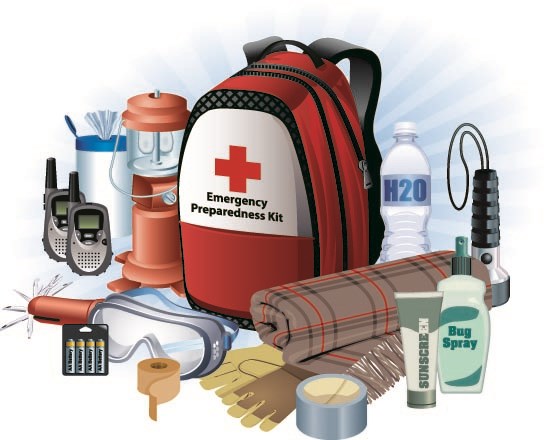Decades of trial and error in Sarnia-Lambton have finally resulted in an emergency notification system that works.
The challenge now is to get more residents to register.
My CNN (Community Notification Network) is a rapid-dial computer system able to make 22 phone calls a second during an emergency.
Three months ago, the industries that make up CAER (Community Awareness Emergency Response) agreed to pay $20,000 a year for the latest technology from Everbridge, a heavyweight in mass notification services. It’s the same system used in New York City and Boston and is proving to be the best that local emergency planners have found to date.
On Sunday, July 27, the system was put to its first real test and came through with flying colours.
Nearly 52,000 notifications alerting residents of a tornado warning in east Lambton went out in 15 minutes. Shortly after a twister touched down near Grand Bend.
“I call that a major success,” said Cal Gardner, the city’s emergency management co-ordinator.
Gardner has been looking for a reliable and affordable system since coming to the job over 15 years ago.
Sarnia’s 11 outdoor sirens have been somewhat successful, with four more on the way this year.
But they don’t always alert people indoors, so the city has been searching for a good phone-based system.
About 400 phones were outfitted with a specialized alert device in 2003 that did work.
“But Bell Canada wanted $1 million to hook up the whole area and a monthly fee on top of that,” said Gardner. “We had to say no.”
For a time, police could cut into cable TV channels in emergencies, but the provincial government has now made that impractical.
Meanwhile, My CNN technology evolved to be both affordable and efficient, said Dean Edwardson, general manager at CAER.
The trick is to get everyone to register so My CNN’s database includes all landlines and as many cell phones and Facebook addresses as possible. The system can handle up to 80,000 registrants.
To start, CAER uploaded 44,000 numbers from the local white pages. That’s why landlines got the July 27 tornado call, even when their owners hadn’t registered.
“We felt it was worth telling the entire county about an event of that magnitude,” said Edwardson.
“You never know with a tornado if there’s another one behind it, so we alerted the entire area,” said Gardner. “It’s better to be safe than sorry.”
Prior to the Grand Bend tornado, 2,500 people had registered locally for My CNN alerts. Since then, another 800 registered. Another 7,000 or so were alerted on Facebook.
Edwardson and Gardner urge everyone to register at www.caer.ca and click on the My CNN icon. There is no charge, because each participating municipality pays a small annual fee. For instance, Sarnia pays $800.
The system allows registrants to pick various levels of service. The most basic level alerts for boil water advisories, evacuation notices, shelter-in-place orders and tornado warnings.
Other levels include road construction, flooding notices and police amber alerts.
“Be careful; if you check every box when you register, you could be overwhelmed,” cautioned Gardner.
“We get a few complaints about it. There’s always a few, but there are far more people happy with it.”
- Cathy Dobson
